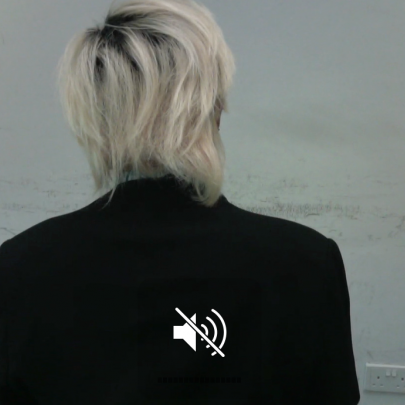
Ryoji Ikeda, Datamatics, (2006)
Using pure data as a source for sound and visuals, datamatics combines abstract and mimetic presentations of matter, time and space in a powerful and breathtakingly accomplished work. datamatics is the second audiovisual concert in Ryoji Ikeda’s datamatics series, an art project that explores the potential to perceive the invisible multi-substance of data that permeates our world. Projecting dynamic, computer-generated imagery – in pared down black and white with striking colour accents, Ikeda’s intense yet minimal graphic renderings of data progress through multiple dimensions. From 2D sequences of patterns derived from hard drive errors and studies of software code, the imagery transforms into dramatic, rotating views of the universe in 3D, whilst the final scenes add a further dimension as four-dimensional mathematical processing opens up spectacular and seemingly infinite vistas. A powerful and hypnotic soundtrack reflects the imagery through a meticulous layering of sonic components to produce immense and apparently boundless acoustic spaces. datamatics, alongside the recently released and critically acclaimed dataplex album, marks a significant and exciting progression in Ikeda’s work.
Check out the immersion documented:
Albeit augmented as an experience of Ryoji Ikeda’s works, the common trend of black and white, extreme polarities, seen and then unseen. Mathematical, computational, and a generative demographics of sensorial transfinite space and time is newly defined.
I propose data visualisation as the sublime experience in ecstatic truth, with reference to Datamatics by Ryoji Ikeda. Much unlike Lev Manovic’s stance on data visualisation as a new form of abstraction and anti-sublime, in Ikeda’s alchemy. In its representation we find a deliberate lost translation; an atmospheric inclusion of one being into one entity in space-time continuum.
When Werner Herzog coined “ecstatic truth”, it was to describe state of sublimity from which “a kind of truth that is the enemy of the merely factual”. In Datamatics, the human body finds itself immersed audio-visually in real data. Revered sublime beauty lies not only in information aesthetics, but also ecstatic truth relatable to general human system.

